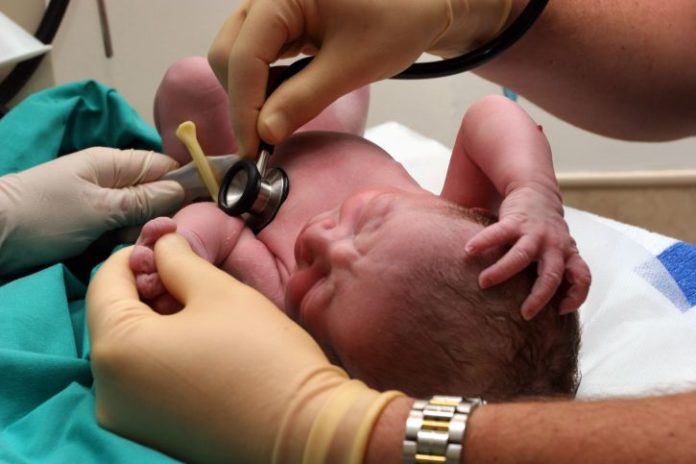Children with certain heart birth defects may have an increased risk for bacterial infection of their heart’s lining and valves, according to new research in Circulation: Journal of the American Heart Association.
The risk for infection may also be increased in children with congenital heart defects who are under 3 or who’ve had cardiac surgery within the last six months.
Using a large Canadian database, researchers looked at the occurrence of infective endocarditis between 1988 and 2010 in 47,518 children with heart defects. On average the risk of infection by age 18 was 6.1 cases per 1,000 children with congenital heart defects and varied substantially by the type of defect. Compared to patients with atrial septal defect, a heart defect that usually has a low risk for infective endocarditis, the researchers found the risk was substantially higher in:
- those with heart defects associated with bluish skin (cyanosis) due to lack of oxygen in the blood;
- those with endocardial cushion defects;
- those with left-sided lesions.
“Consistent with the current American Heart Association guidelines, we found that children with lesions associated with cyanosis at birth and those who had undergone cardiac surgery in the previous six months were at significantly elevated risk of developing infective endocarditis. However, two patient groups — children with endocardial cushion defects and those with left-sided lesions — were also found to be at risk,” said Ariane Marelli, M.D., M.P.H., study senior author and Professor of medicine at McGill University in Montreal and director of the McGill Adult Unit for Congenital Heart Disease.
While the new study did not assess the effectiveness of preventive treatment in stopping these serious bacterial infections, it does provide important information that may help policymakers determine who could benefit from preventive treatment, researchers said.
“Clinicians treating children with heart defects can help educate parents regarding infective endocarditis and its prevention, particularly in the highest risk groups identified in this study,” said Dinela Rushani, co-author of the study from the Department of Epidemiology, Biostatistics and Occupational Health at McGill University.
The researchers are looking at the growing population of adults with heart defects to determine which defects are associated with the highest rates of infection as well as serious complications or death when an infection occurs.
(Source: American Heart Association, Circulation: Journal of the American Heart Association)




 (3 votes, average: 3.67 out of 5)
(3 votes, average: 3.67 out of 5) 






